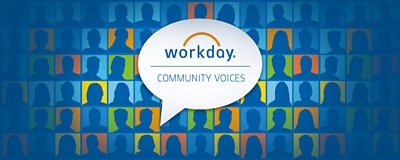We like to say that the metalwood is our birthright—the development of that stainless steel driver laid the foundation for our company. More than anything, however, it created an expectation that we would continue to bring breakthrough technology to golfers year after year, enabling better performance for our Tour athletes and amateur golfers around the world.
It probably comes as no surprise that innovation is one of ourcore values, along with passion, authenticity, and competitiveness—all qualities that were key to Gary Adams’ success 39 years ago when he founded the company. Innovation is certainly critical for our research and product teams, but it also shows up across the entire business in the way we build our products, service our customers, and support our people.
We look for talented candidates that exhibit creativity and curiosity, then build on that potential using a leadership development curriculum we’ve designed to support employee growth and engagement. We also pride ourselves on creating fun employee experiences that showcase how innovative, passionate, authentic, and competitive our employees are. One year, for example, we held a departmental competition during Masters Week to build a “Masters Mini Course,” where each department built a mini-golf hole based on Augusta National (the course where The Masters is played). The results were outstanding, and it became immediately obvious that everyone was an artist, an engineer, a builder and, perhaps most apparent, a competitor.






